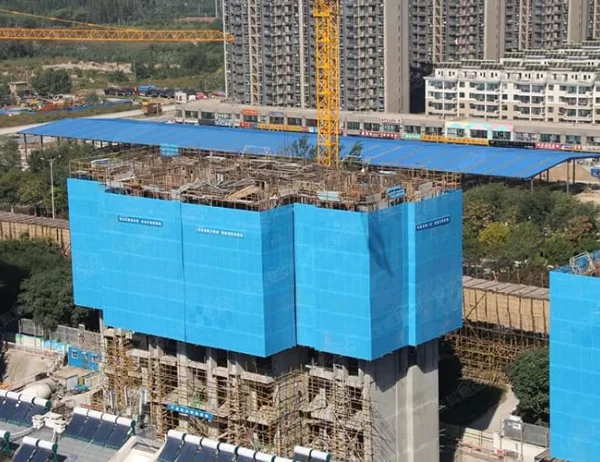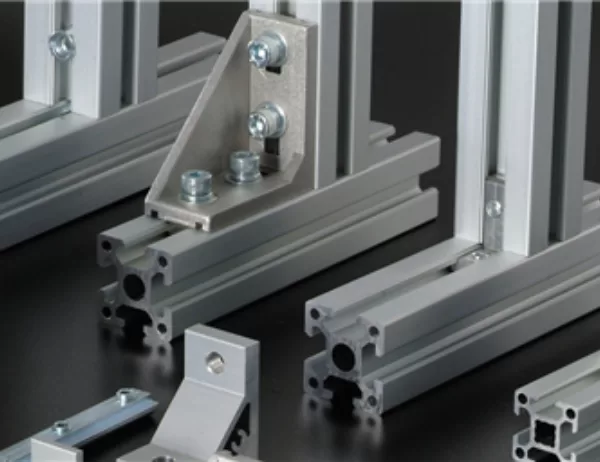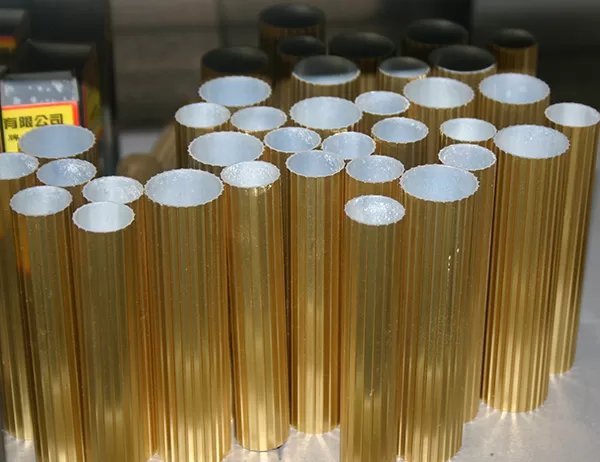The Environmental Impact of Solar Aluminium Frames: A Comprehensive Overview
In the quest for sustainable energy solutions, solar energy has emerged as a viable alternative to fossil fuels. Solar panels, a critical component of solar energy systems, often utilize aluminium frames to provide structural support and durability. However, the environmental impact of these aluminium frames has raised concerns, prompting the need for a comprehensive analysis.
Manufacturing and Emissions
The manufacturing of solar aluminium frames involves a complex and energy-intensive process. Aluminium is extracted from bauxite ore through a process known as electrolysis, which requires substantial amounts of electricity. This electricity generation often relies on fossil fuels, releasing greenhouse gases into the atmosphere. Moreover, the smelting process itself emits perfluorocarbons (PFCs), potent greenhouse gases with long atmospheric lifespans.
Lifecycle Considerations
The environmental impact of solar aluminium frames extends beyond manufacturing. During their operational lifetime, they are exposed to weathering and environmental factors that can lead to the release of harmful substances. The frames may contain trace amounts of heavy metals, such as lead and cadmium, which can leach into the environment over time, contaminating soil and water sources.
End-of-Life Management
At the end of their lifespan, solar aluminium frames require proper disposal. They cannot be recycled like traditional aluminium products due to their unique composition and the presence of contaminants. Landfilling can result in the slow release of heavy metals into the environment, while incineration may emit harmful gases. Developing sustainable end-of-life management strategies is crucial to minimize the ecological footprint of solar aluminium frames.
Alternative Materials
In light of the environmental concerns associated with aluminium frames, researchers are exploring alternative materials for solar panel support. These include lightweight materials such as carbon fiber, which has a lower carbon footprint than aluminium, and recyclable materials like steel. However, these alternatives may have their own environmental considerations that need to be carefully evaluated.
Balancing Sustainability and Performance
Balancing sustainability and performance is essential in the design and manufacturing of solar aluminium frames. While reducing the environmental impact is paramount, the frames must also meet the demanding requirements of solar panel installations. Engineers are continually working to optimize frame designs, minimize material use, and explore innovative solutions that reconcile both environmental and performance objectives.
Conclusion
The environmental impact of solar aluminium frames is a complex issue with multiple dimensions. Manufacturing, lifecycle considerations, end-of-life management, alternative materials, and the balance between sustainability and performance are all critical factors to consider. By addressing these challenges and developing innovative and sustainable solutions, we can harness the full potential of solar energy while minimizing its environmental footprint.




